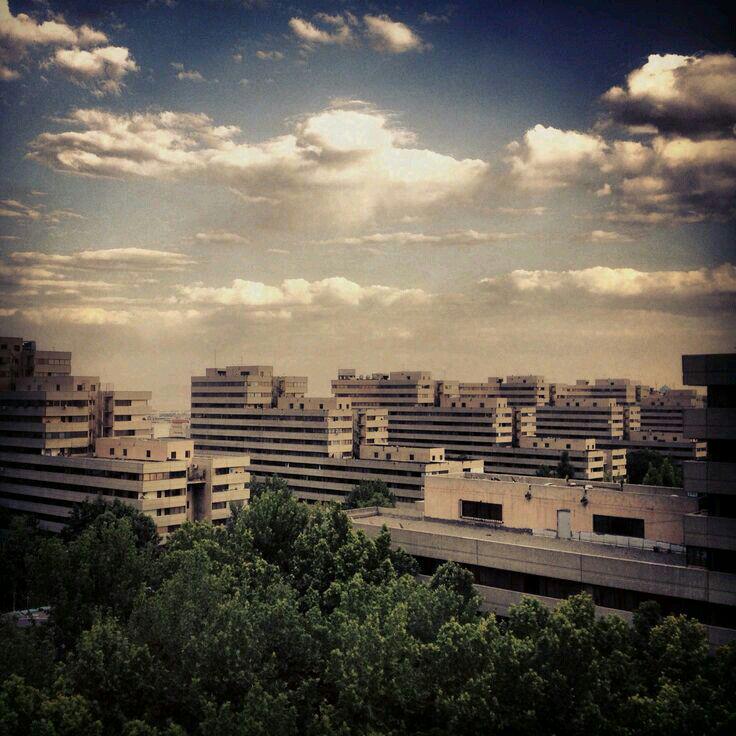
Uploaded on 2017-09-22 by Mahnaz Izadi
The closest example of a citizen design project that I have seen, is the one we conducted last year when I was a teaching assistant at University of Art at Tehran for the master’s course Design Studio III. We encouraged the students to find a place in Tehran or their hometown that they’d think needs to be designed or redesigned in a way that promoted citizens’ lives. Finally, we voted on designing public spaces of Ekbatan Town, a residential complex designed in modern ages in Tehran. This complex used to have a strong social bond and great pedestrian accesses, but due to construction of a new highway within and some other main streets it had lost its connectivity. Another issue was construction of malls and commercial spaces in some areas that were supposed to be green zones. Residents of Ekbatan were highly unsatisfied about recent developments. So, we started our work by going into the site, walking, driving and mapping our routes with as many details as possible. Then we dedicated a considerable amount of time to interview with the residents and ask them to map their own ways to work, school, etc. and talk about their suggestions for the public spaces in Ekbatan, what they desired and what they resented. After that we tried to turn these data into information using mapping methods and started our design process by proposing some public activities that could take place in the context of Ekbatan. Since Ekbatan’s residents were really unsatisfied about the buildings and functions that were added to Ekbatan ignoring the context and using vacant lands for public municipal uses like universities and hospitals, we decided to propose our project as a plugin on the context of Ekbatan, with a special focus on promoting social life and connectivity. We introduced some new community activities like urban farming that were desired highly by the residents and for the purpose of not just USING vacant lands, we proposed an urban garden on the roof of a low height bazar in the heart of Ekbatan. In all stages of design, we tried to keep in touch with the residents and asked for their suggestions and any type of data they could provide us with. At last, we conducted and exhibition of design proposals and asked for Ekbatan resident to come and visit and comment on the proposals. Even one of the very first designers of Ekbatan town came and thanked the students for their unique proposals. Afterwards, we tried to implement the comments in final designs. In my opinion it was a very successful experience, given the lack of background in the area of citizen design projects in Iran.